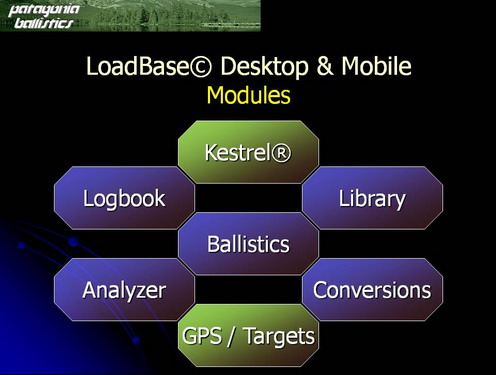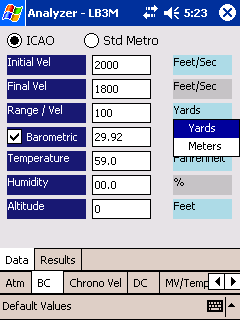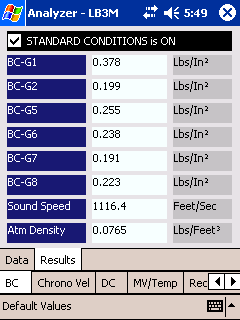Re: G1, G7 Ballistics Coeficient?
<div class="ubbcode-block"><div class="ubbcode-header">Originally Posted By: Bryan Litz</div><div class="ubbcode-body">Mouse,
To be fair and provide some context, you're the only one I've ever heard of having a negative customer support experience with Gus. He's well known for his timely and thorough responses. Not questioning your word, just letting you know that's not how he usually is.</div></div>
Don't know and can't say about Gus personally - as his employees did a 100% successful job of screening him from my emails. So he never gave me a chance to find out how responsive he is.
I've sent two requests (one through their Web site, and one directly) with questions. Here are the responses (sensitive/military IDs removed):
<div class="ubbcode-block"><div class="ubbcode-header">Originally Posted By: 1st email from Patagonia</div><div class="ubbcode-body">
Dear Sir,
Please check the following link for some comparison of our software against real Doppler data.
http://www.longrangehunting.com/articles/ballistics-predictions-3.php
Unfortunately we don’t have at hand any other specific documentation on the details of the ballistics engine, other than the website.
Please let me know if we can be of further help.
Best regards,
PB</div></div>
and
<div class="ubbcode-block"><div class="ubbcode-header">Originally Posted By: 2nd email from Patagonia</div><div class="ubbcode-body">
Dear Sir,
Since he is not available for answering your questions, let me try to address some.
The program has no any Doppler data built-in, the article just shows a comparison to actual Doppler downrange data, as provided by other source.
The program does not need any Doppler input at all.
To define the input data and creating a custom drag curve, the program uses the BC and DC values.
Best regards,
PB
From: ........................gov>
Sent: Tuesday, February 22, 2011 2:45 PM
To:
[email protected]
Subject: Fwd: Questions on details of LB3 program
PB, if you get this message - please make sure that Gus sees it. I've already seen your reply and am not happy with it. I wish to continue this conversation with Gus rather than with you.
-------- Original Message --------
Subject:
Questions on details of LB3 program
Date:
Tue, 22 Feb 2011 12:41:05 -0500
From:
..................gov>
Reply-To:
...........gov
Organization:
................
To:
[email protected]
Gus,
Could you please answer the following questions, that I got trying to
understand your program and its advantages, and to determine how it
relates to other programs on the market?
1. For what bullets (particularly in 308 Win and 338 LM) does your
program use Doppler radar data?
2. How - i.e. based on what - does your engine create the direct
(Mach-based) drag curve for a given projectile (considering that each
individual projectile would be different - and thus have a different
drag curve)?
3. As your program appears to use direct computation (closed-form
solution) rather than relate to differences from the standard projectile
- why (and what for) does your program need G1 BC (and/or G7 BC) which
basically tells how the given bullet is more (or less) aerodynamic than
the standard Type 1 (or Type 7) projectile (that in my understanding is
only used/useful in Point Mass approach)?
Thank you!</div></div>










